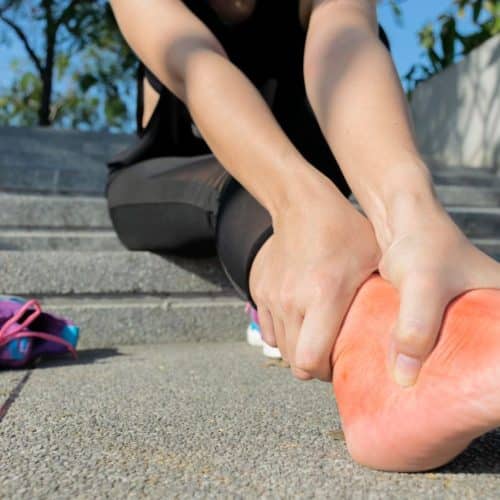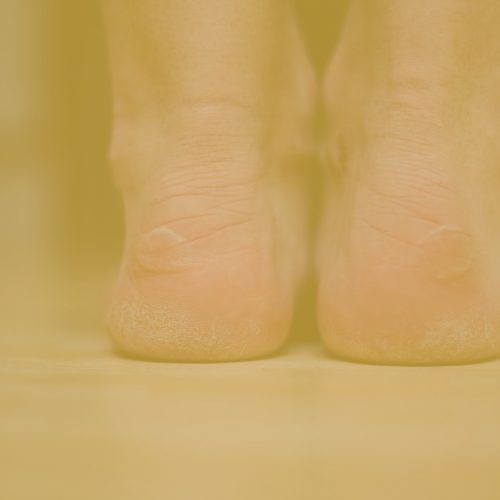Diabetic foot ulcers are wounds on the feet that take longer than six weeks to heal and effect approx. 15% of diabetic patients.
Foot ulcers are very serious, as the risk of lower-extremity amputation is significantly increased in these patients. Diabetes is still the leading cause of no traumatic lower limb amputations totalling (85%).
Generally diabetic wounds are caused by nerve or circulation complications and bony deformity. Ulcer may take weeks to months to heal and are generally painless, due to sensation loss in the feet.
Nerve damage due to diabetes causes altered or complete loss of feeling in the foot and/or leg, which is known as peripheral neuropathy. Trauma and injury to the foot may go unnoticed and due to the delay in treatment can become infected or ulcerate.
Vascular disease is also a common problem in diabetes, mainly affecting the small blood vessels. This reduction in blood flow may lead to ulceration, and is further aggravated by smoking.
Causes of Diabetic Foot Ulcers:
- Peripheral Neuropathy.
- Arterial disease or atherosclerosis.
- Long term complication of diabetes.
- Biomechanical abnormalities and/ or bony deformities.
- Inappropriate footwear.
- Foreign bodies.
- Barefoot walking.
- Sheer force, friction and blisters.
- Burns.
Symptoms of Diabetic Foot Ulcers:
- Skin discolouration (red, purple, brown).
- Skin break.
- Blood, fluid or discharge.
- Hard thickened skin.
- Signs of infection with or without the sensation of pain (redness, heat, swelling, pus, odour).
Treatment for Diabetes Foot Ulcers:
- Regular removal of hard skin and dead tissue by a podiatrist.
- Regular wound dressings to maintain an optimum environment for wound healing.
- Vascular surgery to increase blood flow to the legs and feet to allow healing.
- Antibiotics for any infections.
- Offloading footwear or air cast walkers to reduce pressure and callus.
- Orthopaedic surgery of any bony prominence if required.
- Amputation if there is bone infection and intravenous antibiotics fail.
- Diabetes Specialist to regulate and control blood sugar levels and diabetes.
Prevention of Diabetes Foot Ulcers:
- Education on daily diabetes foot care by a podiatrist.
- General foot care such as nails and hard skin to be regularly treated by a podiatrist.
- 3-12 monthly diabetes foot risk assessment undertaken by a podiatrist.
- Fitted for appropriate supportive footwear.
- Long term offloading foot orthotics if require to evenly distribute pressure on the soles of the feet.
- Regular 6-12 monthly visits to a diabetes educator on how to manage your diabetes.
- GP management of diabetes and 3 monthly blood test to monitor blood sugar levels.
- Good diet and regular exercise.
Do not delay your diabetes foot risk assessment any longer. Have our podiatrist at Well Heeled Podiatry assess your feet, treat any foot issue and provide you with education on how to best care for your feet to avoid any complications.









